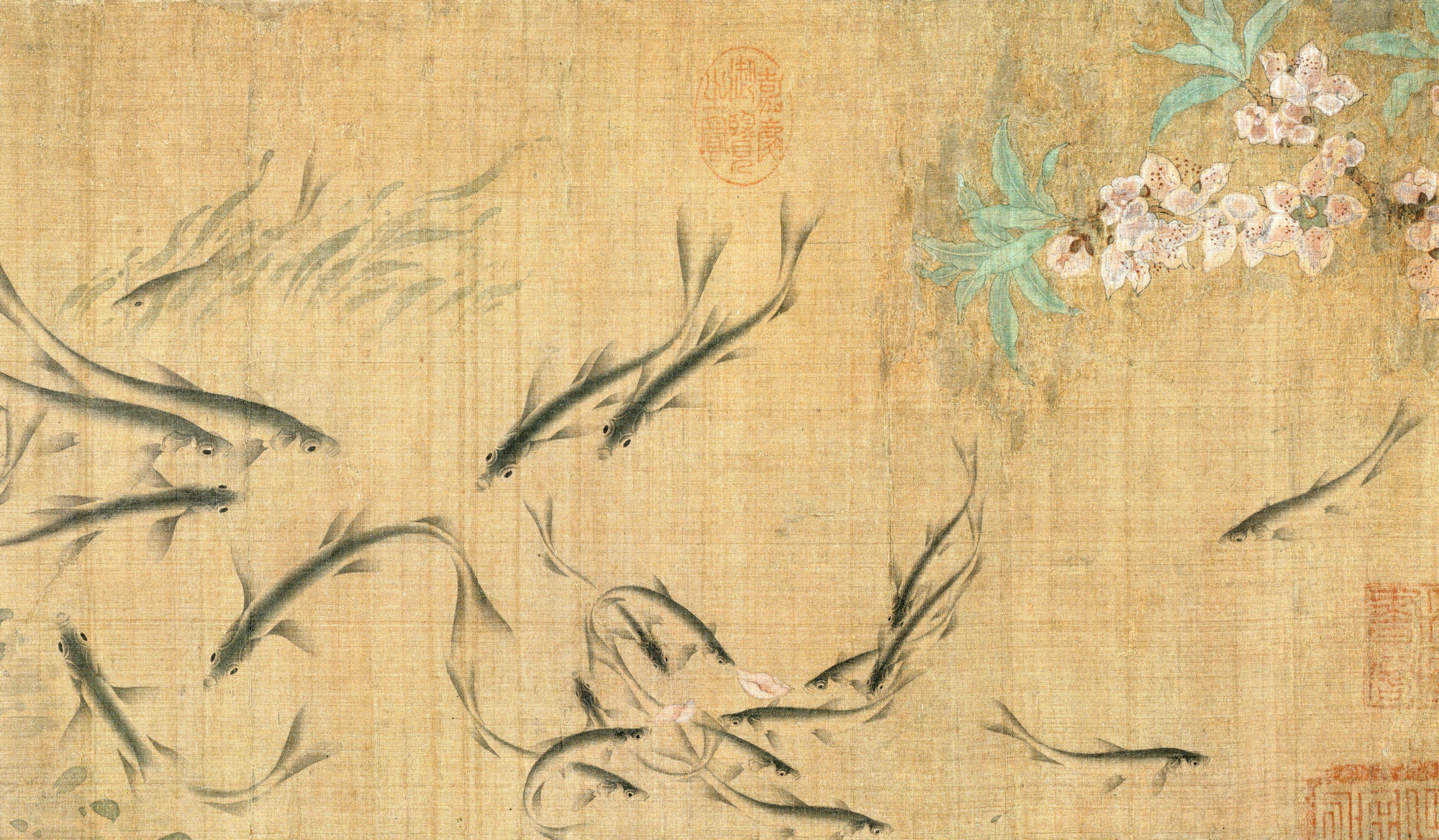Digital Image Basics
28 =256

Color images are made up of pixels each of which holds three numbers corresponding to the red, green, and blue (RGB) levels of the image at a particular location. Assuming 256 levels for each RGB primary level, each pixel can be stored in three bytes (24 bits) of memory. This corresponds to roughly 16.7 million different possible colors.
28of Red x 28 of Green x 28 of Blue = 224=16,777,216
Note that for images of the same pixel size , a black and white version will use three times less memory than a color version.

Binary images use only a single bit to represent each pixel. Since a bit can only exist in two states—on or off, every pixel in a binary image must be one of two colors, usually black or white. This inability to represent intermediate shades of gray limits their usefulness in dealing with photographic images.

File size is determined by the number of pixels so it is important to know how many pixels the image contains. An image with higher resolution will have a bigger file size. A color image will also have a bigger file size than a grayscale image.
1 byte = 8 bits
1 kilobyte (KB) = 1024 bytes
1megabyte (MB) = 1024KB
1Gigabyte (GB) = 1024 MB
Use photo editing tools, like Photoshop, to change document size, pixel dimensions, or as a calculator for file size.

If you are using a Mac, you can open images in the built-in software Preview and resize your image in Tools➝ Adjust Size.
For more information:
